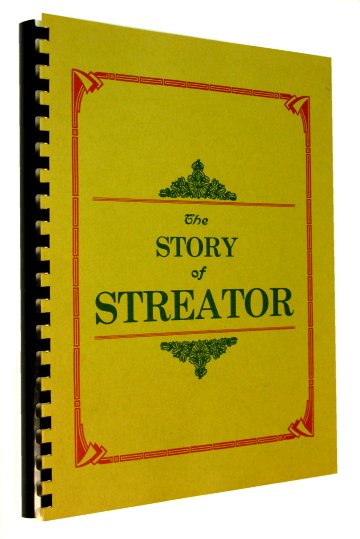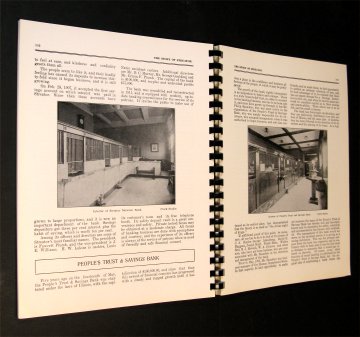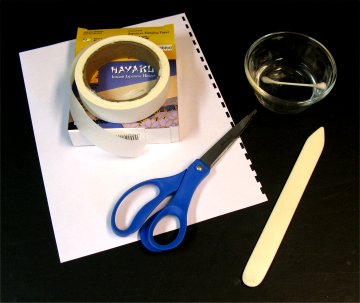

|
<<< Continued from previous page A few technical observations: The C110 has three settings - letter (8 ½" x 11"), A-4 (297mm x 210mm) and oversized (8 ¾" x 11 ¼"). However, by taping a ruler on the bed of the unit flush with and perpendicular to the edge guide, you can make this work for any size page. Also, the binding element - the row of teeth that, along with a series of hooks, opens the comb and allows you to insert the pages, will accommodate up to 360 sheets (or 720 book pages). Finally, you can punch about 10 to 15 sheets at a time, depending on the composition and thickness of the paper, so there really isn't much out there that can't be re-bound. The binding process is alarmingly simple. No surprise; there's a YouTube how-to video. Before punching, you'll need to remove all glue remnants from the edges of the pages. Of course, you'll also need to cut the front and back covers from the spine. Here's the final result for my book (about a 10 minute job from start to finish):


Having worked with this machine for some time, I would strongly advise you to practice with it first before going after a book. You'll need to develop a feel for the leading edge of the leaves you're punching being fully inserted. If they're off even a little, it's going to throw those pages off significantly when you bind them with the others. If you do goof, however, there's a good fix for this. You'll need the following:
Bone folder

Simply cut the hinging paper slightly longer than the page, fold it in half and crease it with the bone folder, wet the adhesive side with the Q-Tip, position the leaf, and smooth it out. Allow it to dry, trim the ends and re-punch it. This paper is especially suited for this repair because it's very thin, easy to work with (and reposition) and nearly invisible once in place. Since I'm on the topic of local history, there have been some enterprising booksellers who have digitized histories of counties, towns, etc., that are now in the public domain for the purpose of printing and selling comb-bound copies. If you have a laser printer, this can be quite profitable, and the beauty of it is that you can print and bind copies as you sell them.
Want to read more articles by
< to previous article
to next article >
Questions or comments?
| Forum
| Store
| Publications
| BookLinks
| BookSearch
| BookTopics
| Archives
| Advertise
| AboutUs
| ContactUs
| Search Site
| Site Map
| Google Site Map
Store - Specials
| BookHunt
| BookShelf
| Gold Edition & BookThink's Quarterly Market Report
| DomainsForSale
| BookThinker newsletter - free
Copyright 2003-2011 by BookThink LLC
|

|
|